In This Issue
The opinions, beliefs and viewpoints expressed in this publication are those of the authors. They do not necessarily reflect the opinions, beliefs, viewpoints or official policies of Autism Society Alberta. |
|
|
End article-->
The Helpful World of ASA's Website!
Kitty Parlby
Has it been a while since you’ve visited our Autism Society Alberta (ASA) website? You may be surprised at all the resources that may be of value to you, whether you’re a parent, a relative, an autistic individual, or a professional such as an educator, a care provider, a social worker… just about anyone who has a connection to autism. Many people have worked hard over time, and continue to work hard, submitting valuable input to our website by sharing important and relevant information and resources.

At the top of the page is a row of tabs you can click on, like “About” (meaning about our society), and “About Autism”, which gives a brief description and some helpful links, for those who may be new to the autism world. If you click on “Join” you can become a member of Autism Society Alberta, which is FREE. Being a member means you can get our terrific newsletter, Autism Around Alberta, sent to your inbox once a month. Do you want to read past issues of our newsletter? Then click on the “AAA” tab.
Under the “Alliance” tab you’ll learn about Autism Alberta's Alliance, which includes educators, employment organizations, health professionals, researchers, housing groups, intervention specialists, parents, self-advocates and many others. Under the Alliance tab you can learn about our brand-new Indigenous Relations Circle.

Now let’s look at some of the large buttons on the home page. Clicking on the “Online Toolkits” button, you’ll find helpful toolkits on subjects like accepting autism in the classroom, siblings of autistic individuals, and transition to adulthood. If you click on the “Support Groups” button, you will find a variety of support groups, including one for parents of children with disabilities, our LGBTQ+ support group, and the Fathers’ Autism Network support group. Are you an autistic adult? We have a weekly virtual support group for you! If you’d like to sign up to receive the meeting notifications by email, you can do so here.
If you click on the “Family Resource Centres” (FRC) button, you will arrive at our FRC website, where you’ll find a world of resources and presentations. Our FRCs are pan-disability. That means our Family Resource Coordinators support families and individuals with any disability. On the FRC landing page you’ll see a list of staff and their contact information. Further down you’ll find our calendar, which is continuously updated with new virtual presentation offerings and support group meetings. Within the calendar you can click on any event to find out more about it, and even add it to your calendar.
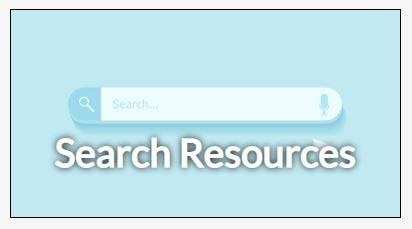
On the left-hand side try clicking on the “Search Resources” button, to find resources throughout the province. This is brand-new to our website. If you know of a disability related program or resource anywhere in Alberta, and you don’t find it when you do a search on our Search Resources page, please email us the information, so it can be added.
There are so many great resources, supports, and connections to be found on our Autism Society Alberta website. Be sure to check it out, and share with others who may find it helpful. You can get your start right here!
Kitty Parlby is the mother of an autistic young adult, and a former special needs Educational Assistant. Currently she is an autism speaker and consultant with Autism Inspirations, and also works as a Family Resource Coordinator for Autism Society Alberta.
|
|
|
Autism 101
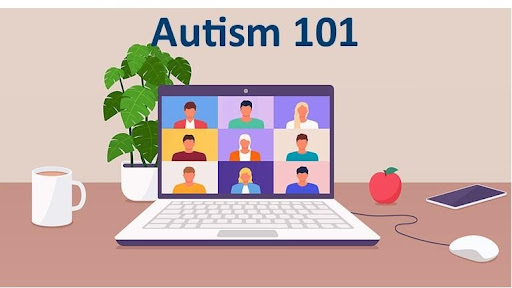
The next Autism 101 presentation is on
Tuesday, February 8, 2022 at 6:00 PM
This virtual presentation, hosted by Catharine Dietzmann from Autism Edmonton, will help attendees develop a basic understanding of Autism Spectrum Disorder (ASD). There will be time after the presentation for questions. It’s FREE to attend, but you need to register to reserve a spot, as numbers are limited. You can register HERE.
|
|
|
End article-->
What is Autistic Burnout?
Maureen Bennie

From the Autism Awareness Centre Inc. Blog:
 Maybe you’ve heard the term autistic burnout, and wondered what it is and how this term came about. We usually hear the term “burnout” used in professional life, which is characterized by exhaustion. The autistic community began applying the burnout term to all areas of life. Autistic adults have reported times when they could no longer cope, lost skills, had loss of function, started acting or feeling “more autistic” (increased repetitive behaviours or increased sensitivity to sensory input), lost employment, did poorly in school, experienced relationship problems, or had mental and/or physical health issues. Sometimes these experiences lead to permanent disability or suicidal behaviour. Maybe you’ve heard the term autistic burnout, and wondered what it is and how this term came about. We usually hear the term “burnout” used in professional life, which is characterized by exhaustion. The autistic community began applying the burnout term to all areas of life. Autistic adults have reported times when they could no longer cope, lost skills, had loss of function, started acting or feeling “more autistic” (increased repetitive behaviours or increased sensitivity to sensory input), lost employment, did poorly in school, experienced relationship problems, or had mental and/or physical health issues. Sometimes these experiences lead to permanent disability or suicidal behaviour.
Autism researchers have only become aware of the burnout phenomenon in the past 5 years. It has been brought to researchers’ attention through discussions online and in person with autistic people.
Sarah Deweerdt, author of the article Autism Burnout Explained, describes autistic burnout as:
“the intense physical, mental or emotional exhaustion, often accompanied by a loss of skills, that some adults with autism experience. Many autistic people say it results mainly from the cumulative effect of having to navigate a world that is designed for neurotypical people. Burnout may especially affect autistic adults who have strong cognitive and language abilities and are working or going to school with neurotypical people.”
In a 2020 AASPIRE research study, it was defined as “a syndrome conceptualized as resulting from chronic life stress and a mismatch of expectations and abilities without adequate supports. It is characterized by pervasive, long-term (typically 3+ months) exhaustion, loss of function, and reduced tolerance to stimulus.”
What causes autistic burnout?
Autistic burnout occurs when the challenges of life exceed a person’s resources. Some examples are:
- A life transition – a move, entering high school, starting college, aging.
- Masking or camouflaging – this is when autistic people mimic neurotypical behaviour by using scripts for small talk, force themselves to make eye contact or suppress repetitive behaviours.
- Sensory overstimulation – an example of this would be constantly coping with excessive noise.
- Executive function demands – having to juggle too many demands at once. I often see this with university students.
- Stress – ex. changes or upheaval in a person’s life, job loss, relationship break-up
- Sleep deprivation, poor nutrition, dehydration
- Aging – feeling less energetic, needing more downtime
What are the signs of autistic burnout?
- Lack of motivation
- Loss of executive function skills (disorganized, trouble making decisions)
- Difficulty with self-care (showering, personal hygiene)
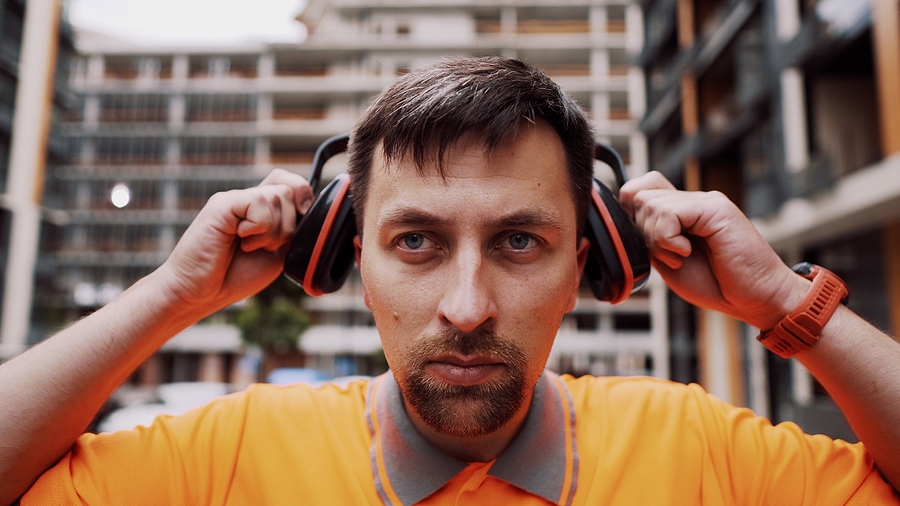
- Easier to reach overload or meltdown
- Loss of speech/selective mutism
- Feeling exhausted or lethargic
- Physical illness, digestive issues
- Memory loss
- Can’t mask anymore, or loss of social skills
- May experience high energy before collapse
- Seeming "more autistic", such as an increase in repetitive behaviours
What can an autistic person do to help themselves if they are experiencing autistic burnout?
- Take time off and rest/relax in order to recover.
- Set aside time to engage in activities or interests that re-energize you.
- Allow time for not having to mask and suppress stims.
- Reduce expectations and demands. Let people know what they are asking for is too overwhelming right now.
- Limit social interactions.
- Exercise – a little bit of movement can help reduce anxiety and contribute to an overall sense of well-being.

What can family and friends do?
- Reduce expectations; however, this does not mean reducing expectations about a person’s ability to achieve their goals in life.
- Accept a person for who they are, autistic traits and all, and don’t ask them to change or mask.
- Give emotional support. Listen to what is bothering them.
- Provide direct support for daily living activities. Help with laundry, cooking, grocery shopping etc.
- Allow for accommodations at work, school and in the community.
- Focus on autistic strengths and preservations to reduce the risk of burnout. In other words, find employment in an area of interest, take courses on interesting topics.
- Understand that decreases in function may be a sign of autistic burnout, not laziness or lack of motivation.
 Note – many adults report their first autistic burnout around transition age, which is a time of great change. Moving into adulthood is a vulnerable time due to an increase in expectations, the number and scope of life changes, and the general stress of this developmental period. A young person may not understand what is happening to them if this is their first time experiencing autistic burnout. Note – many adults report their first autistic burnout around transition age, which is a time of great change. Moving into adulthood is a vulnerable time due to an increase in expectations, the number and scope of life changes, and the general stress of this developmental period. A young person may not understand what is happening to them if this is their first time experiencing autistic burnout.
First-Person Accounts of Autistic Burnout
Ronnie Pinder (a self-advocate, consultant, trainer and mentor). Autistic fatigue
Undercover Autie (Emma) – Autistic fatigue and exhaustion (2019)
Cherry Blossom Tree (Kate) – Autistic burnout and regression (2017)
The Autistic Advocate (Kieran) – An autistic burnout (2018)
Ryan Boren – Autistic burnout: the cost of masking and passing (2017)
Patrick Dwyer – Burnout and expectations (2019)
Amythest Schaber – Ask an autistic #3 – What is autistic burnout? (2014)
Judy Endow – Autistic Burnout and Aging (2017)
Podcasts
The Thrive with Aspergers Podcast – 5 autistic burnout recovery tips you need to learn now (2018)
CS Wyatt – Autistic burnout (2018)
Karlett A – Audio blog: My autistic burnout and recovery (2018)
Articles
Kate McNulty, Autistic Therapist – Antidotes to Autistic Burnout (2021)
Alex Parker – Tips for Autistic People to Help Recover from Burnout (2018)
|
|
|
Seeing The Whole Child
Karla Power
Our family works with a lot of professionals! Each child has their own teacher, Educational Assistant, and Respite Worker. On top of that, we work with two Speech Pathologists, an Occupational Therapist, a Physical Therapist, a Classroom Support Teacher, an Inclusive Education Early Learning Consultant, and a Developmental Aide, making a grand total of 13 different people who work with our family!
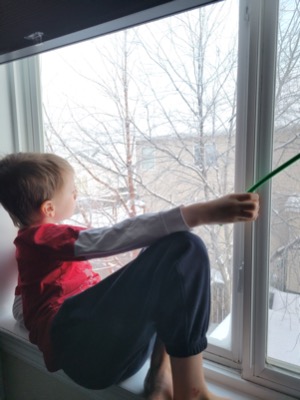 Aside from scheduling meetings with the team, it can also be challenging to keep all of the boys’ goals straight. That is why I am always thankful when the people who we work with are willing to work together as a team, helping us prioritize goals. We recognize that each professional has their own goals that they would like each child to be working on, but as their parents, we are always grateful when the professionals that we work with acknowledge that we only have the capacity to work on so many goals at once. Most people can only work on a few goals at a time, and it has taken us a while, but we have learned that the same is true for our boys and our family unit. Sometimes that means that we have to put aside one goal for the sake of another, such as potty training or learning how to use Augmentative and Alternative Communication devices. That is not to say that the goal we put aside is not important, or that it will not be worked on later, but we would rather do one or two things well than do a bunch of things poorly and end up overwhelmed. Aside from scheduling meetings with the team, it can also be challenging to keep all of the boys’ goals straight. That is why I am always thankful when the people who we work with are willing to work together as a team, helping us prioritize goals. We recognize that each professional has their own goals that they would like each child to be working on, but as their parents, we are always grateful when the professionals that we work with acknowledge that we only have the capacity to work on so many goals at once. Most people can only work on a few goals at a time, and it has taken us a while, but we have learned that the same is true for our boys and our family unit. Sometimes that means that we have to put aside one goal for the sake of another, such as potty training or learning how to use Augmentative and Alternative Communication devices. That is not to say that the goal we put aside is not important, or that it will not be worked on later, but we would rather do one or two things well than do a bunch of things poorly and end up overwhelmed.
When we as a team are able to see the whole child, not just focus on one side of the child such as speech, communication, diet, or delays in fine and gross motor skills, we are better able to prioritize our goals for the boys. When your child is marked as severely delayed in every area, it is imperative to prioritize and focus on the goals that they will likely have the most success within the short term. Trying to plan for 10 years down the road is very stressful for parents who have no idea what that looks like.
A child’s readiness to learn is definitely a factor used when picking goals, but as a family with two special needs children, we always appreciate when professionals can consider our family unit as a whole as well. After taking nearly 2½ years to potty train our first child, we have discovered that working on this goal is not for the faint of heart. We have seen several regressions this year in potty training, which is why we are not yet ready to train our second child. We have been told by several people that both the child and the parents have to be ready, and we couldn’t agree more!
So, what is my advice to all the team members who work with special kiddos? First of all, you need to consider the child as a whole. Consider all the goals that the team has for the child, and not just the ones that fall under your specialty. For example, if behaviour has become an issue, it will be very difficult to work on other goals until the behaviour goals are met.
Secondly, consider the family unit as a whole when suggesting goals to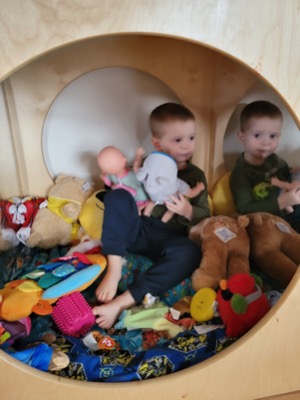 work on. How many children are in the family? What are the needs of those children? How are the parents doing? Do they have support outside of the home? What other stressors could this family have? work on. How many children are in the family? What are the needs of those children? How are the parents doing? Do they have support outside of the home? What other stressors could this family have?
We are so grateful to work with a team that has been able to see our children as whole people, and our family as a whole unit. In order to do what’s best for the boys, we need to look at them as more than just their goals. And in order to enjoy our life together, sometimes we need to set those goals to the side and just enjoy the boys as they are. Over the years we have discovered that the boys have always shown growth, and surprise us in the most unexpected ways.
|
|
|
Centre for Autism Services – Upcoming Events
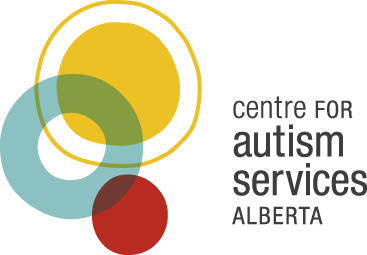
It’s a new year! Thinking about getting a job? Our EmploymentWorks program offers employment readiness training and job sampling work experience for individuals with a disability, including but not limited to ASD. With in-person, online, and hybrid streams available, there’s an option that suits YOU! To inquire and to register, send us an email at EmploymentWorks. Start your job search Today!
Celebrating the Small Steps: An Introduction to Teaching Independence
Trying to teach your child to do up his zipper? Feed herself? Cross the street safely? This interactive workshop will teach you the skills you need to break these activities down into simple, achievable steps for you and your child. This workshop will be hosted by AIDE Canada and presented by two Centre for Autism Services Alberta Occupational Therapists, Katrina Wong and Emma O’Riordan.
February 2, 2022 from 6:00 pm to 8:00 pm MST.
For more information and to register for this FREE workshop, click HERE.
Supporting Autism in the Classroom – For Educational Assistants
This two-day workshop will provide Educational Assistants with information, tools, and strategies to better support autistic students in the classroom. You will learn best practices to encourage the independence and participation of students with autism in the classroom.
March 3 & 4, 2022 from 9:00 am to 4:00 pm MST. For more information and to register, click HERE.
Supporting Autism in the Classroom – For Teachers and Administrators
This two-day workshop will provide teachers and administrators (e.g., learning coaches, principals, etc.) with information, tools, and strategies to promote inclusion. You will learn how best to support the independence and participation of students with autism in the classroom.
March 20 & 21, 2022 from 9:00 am to 4:00 pm MDT. For more information and to register, click HERE.
|
|
|
End article-->
Chinook Autism Society Takes Flight
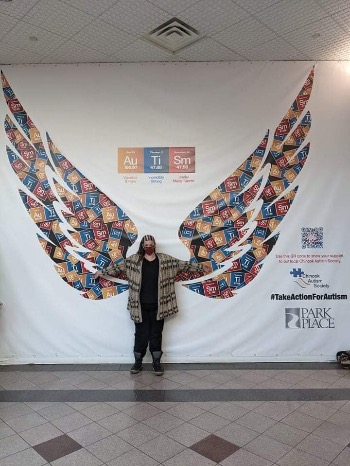
Check out this beautiful mural, put up for the Chinook Autism Society at the Park Place Mall in Lethbridge. What a great way to reach out to the community and share awareness of this local autism group. Kudos to Marketing Manager Jarod Neithercut at Park Place Mall for spearheading this initiative.
|
|
|
End article-->
Antecedent Based Interventions (ABI) – Part 2
Carmen Moore
This month, I will continue to highlight the evidence-based practice (EBP) of ‘Antecedent Based Interventions (ABI)’, and will outline the common ABI strategies backed by research:
- Using learner preferences
- Changing schedules/routines
- Implementing pre-activity interventions
- Using choice making
- Altering how instruction is delivered
- Enriching the environment with sensory stimuli
Using Learner Preferences: This strategy suggests incorporating something that the learner is currently interested in, as a way to hook and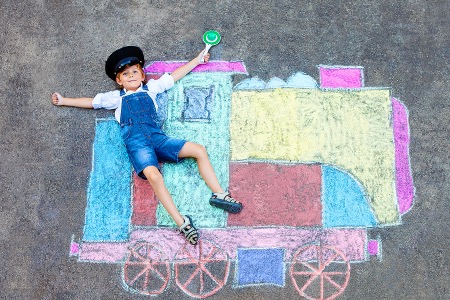 keep their attention, interest and involvement. It may increase the learner’s enjoyment, and help to make a non-preferred activity more meaningful and relevant. For instance, if the learner is really ‘into’ trains, add in a picture of a train on instructions, or use a train related reference when teaching a new skill. Use a train-themed pencil if asking them to do a new/difficult writing task, for example. keep their attention, interest and involvement. It may increase the learner’s enjoyment, and help to make a non-preferred activity more meaningful and relevant. For instance, if the learner is really ‘into’ trains, add in a picture of a train on instructions, or use a train related reference when teaching a new skill. Use a train-themed pencil if asking them to do a new/difficult writing task, for example.
One neat example from my own life was when my son was trying to learn integers for his math class, and I couldn’t find a way to make it make sense. Then I remembered his love for elevators. I realized that I could reference the lobby as zero, and parking levels one and two as negative one (below ground parkade level one) and negative two (below ground parkade, level two). He completely understood the concept after using his preference for elevators to get the new idea across to him. Success!
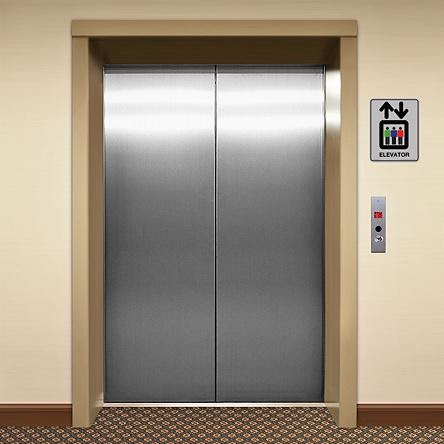
To identify a learner’s preference, if you are new to the learner, here are some questions that may be helpful to determine it/them.
- What makes the learner smile and laugh?
- What makes the learner happy and feel good?
- What kinds of things get the learner excited?
- What else has gotten the learner to try new things in the past?
- What are the learner’s favorite things to do?
- What does the learner work especially hard at doing?
- What gets and keeps the learner’s attention?
Changing Routines/Schedules: This strategy involves making some change to a schedule or routine that has shown in the past to involve interfering behaviors. If the learner rarely wants to do a chore, then scheduling some time outside doing a preferred activity after completing it could be productive. For example, I was always expecting my own son to just complete his fifteen minutes of reading every night independently and without procrastinating. That was harder than expected, but by adding in twenty-minutes to jump with his dad on the trampoline after reading (and only after), that the reading became much more appealing and less of a struggle.
If getting up really early is an issue, is there a way to stay in bed a bit longer  to ease the transition between waking up and getting up for the day? Using a visual timer to show how much time is left for a non-preferred activity can help, as well as knowing that there is an ‘end in sight’ and something new is scheduled afterwards. Having a visual schedule that the learner has had some input into, and is posted in an easy to reference way, can be helpful too. If there are ‘issues’ each time that a certain part of a day/routine comes up, then a change could be needed to better suit the learner. to ease the transition between waking up and getting up for the day? Using a visual timer to show how much time is left for a non-preferred activity can help, as well as knowing that there is an ‘end in sight’ and something new is scheduled afterwards. Having a visual schedule that the learner has had some input into, and is posted in an easy to reference way, can be helpful too. If there are ‘issues’ each time that a certain part of a day/routine comes up, then a change could be needed to better suit the learner.
Implementing Pre-activity interventions: This can be a variety of strategies. In part one of this article, I mentioned all of the different actions we did as a family, to improve dentist visits, that occurred well before we ever had to get any serious dental work completed. This includes any of the beforehand actions you may do, such as giving any information the learner may need to understand the activity. For example, going over the rules again, and reviewing the importance of turn taking/sharing, etc. You may want to share the day’s schedule, so the learner knows when all the breaks will be, and how much is expected in terms of participation (ex: you are expected to join us for dinner and stay seated for the meal, but can go to your room afterwards for an hourlong break if you need to). It may be as simple as giving a five-minute or ten-minute warning before a transition is coming. may want to share the day’s schedule, so the learner knows when all the breaks will be, and how much is expected in terms of participation (ex: you are expected to join us for dinner and stay seated for the meal, but can go to your room afterwards for an hourlong break if you need to). It may be as simple as giving a five-minute or ten-minute warning before a transition is coming.
I hope that some of these listed here will help in having a more successful crack at a new activity, or further smooth out ones that are well on their way. Again, it can seem like a lot of work to do before anything even happens, but using a camping analogy, it sure makes for a more fun few days in the woods when you have thought of all the things you will need before you get out there.
If you are interested in checking out the free online AFIRM modules, you can find them here.
|
|
|
The Adult Diagnostics and Supports Advisory Committee Needs You!

The Autism Alberta’s Alliance committee and Autism Edmonton are looking for adults on the spectrum, or adults on the waitlist for diagnosis for autism, that can share their perspective on the needs, gaps and concerns those autistic adults face. As many of us know, adults can face a 4–5-year waitlist for diagnosis in Alberta. Though we may not be able to shorten those wait times, we are interested in how we can best support these individuals at both the local (AE) and provincial (ASA) level.
This committee would meet 1-2 hours per month in a virtual platform to discuss the diverse needs of autistic adults and the gaps in adult supports that exist in our province. An opportunity to provide feedback in other forms (written, video) can be provided for individuals if needed.
The information that is shared and collected is confidential, and the finding of this group will be used to inform our advocacy and support service delivery. If you are interested in volunteering with this group, please email Morine Rossi at programslead@autismedmonton.org or 780-453-3971 ext. 233.
|
|
|
End article-->
Autism Society of the RMWB Update
Jenna Locke
The new year is in full swing here at the Autism Society of the RMWB, and we are so excited to ramp up this year with even more successes!
Our team has been hard at work over the past few weeks totalling numbers and prepping for the new year. Last year we saw the highest numbers in our social respite program EVER! The society provided 4,437 respite hours in 2021! That is triple what we accomplished the year before!
We are always so proud of how far we have come in just a few short years, but the needs of the community keep us reaching for more. We would never be where we are today without the continued support from our community members, and our team of employees and volunteers.
We want to say a big thank you to every single person who has supported us in any way during the crazy year that 2021 brought to us!
Here's a little recap, in pictures, of what we have been up to in Social Respite!
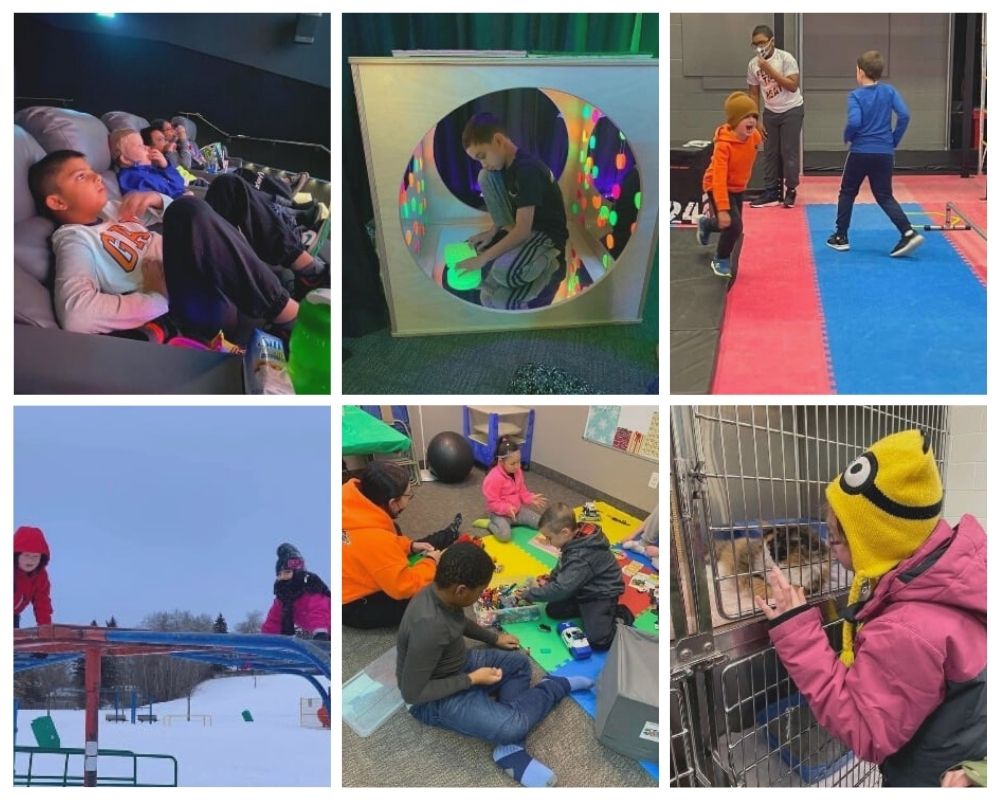
|
|
|
Movie Screening – The Limits of My World
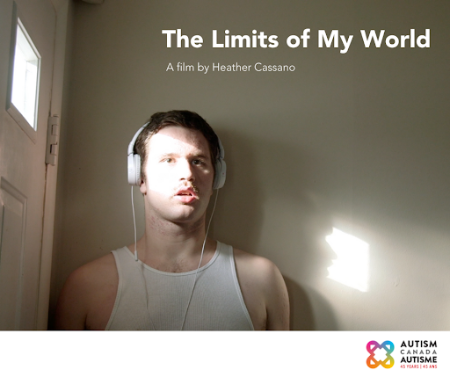
Monday, January 31 @ 7:30 PM
Autism Canada invites you to join them for a screening of The Limits of My World, a documentary film by Heather Cassano, that explores the experiences of her autistic, non-verbal brother Brian as he transitions out of the school system and into adulthood.
Tickets: $15.00
View the trailer here
Buy your ticket here
|
|
|
End article-->
Save the Date! ASA Town Hall
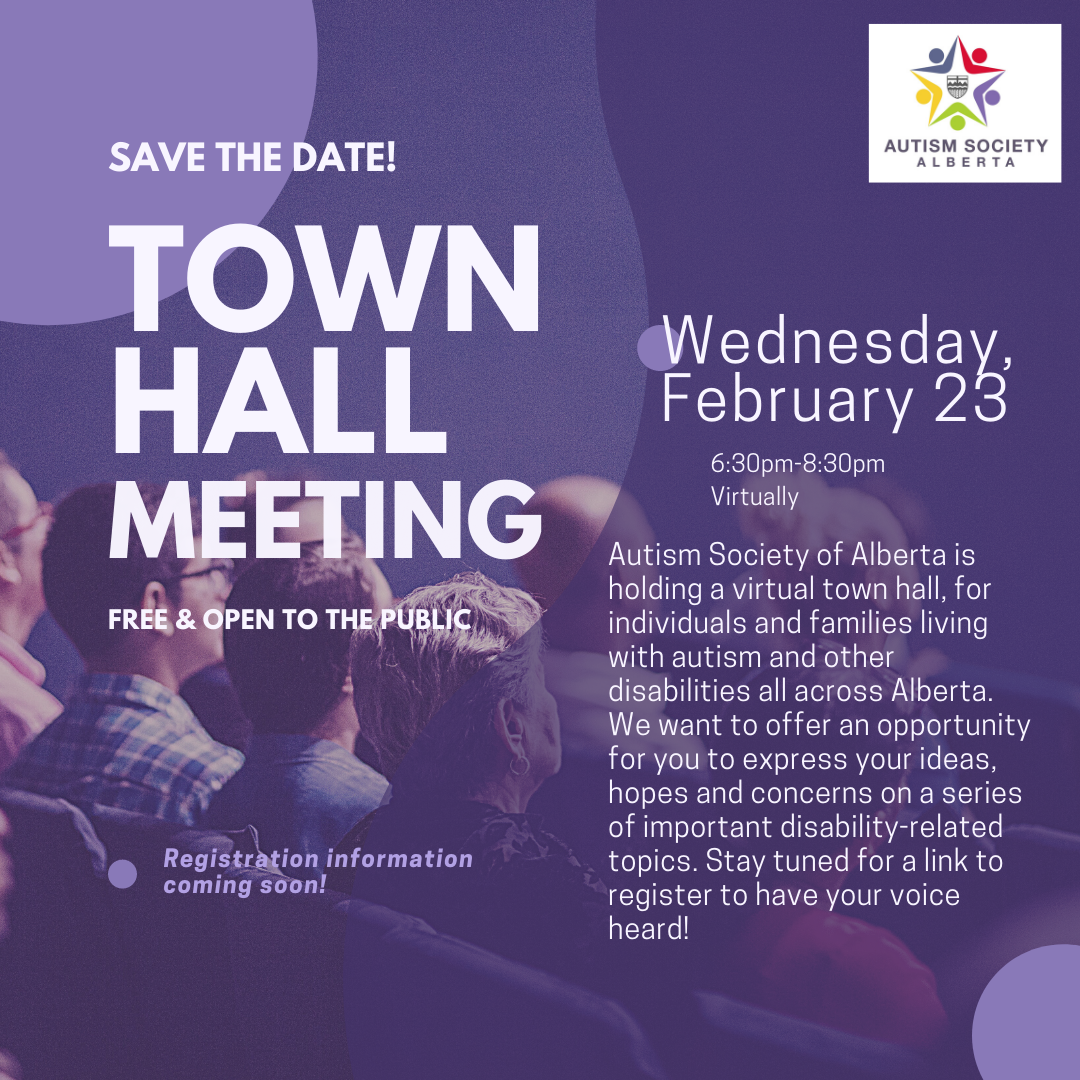
|
|
|
End article--> |
|